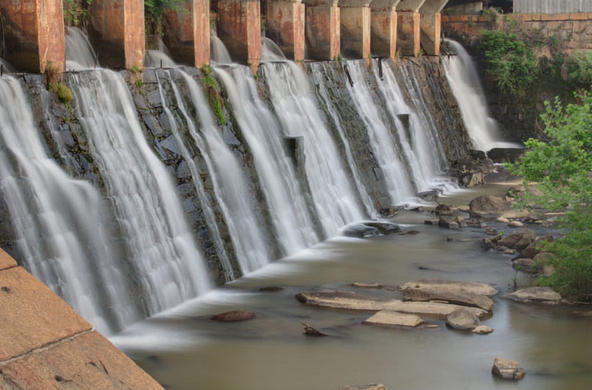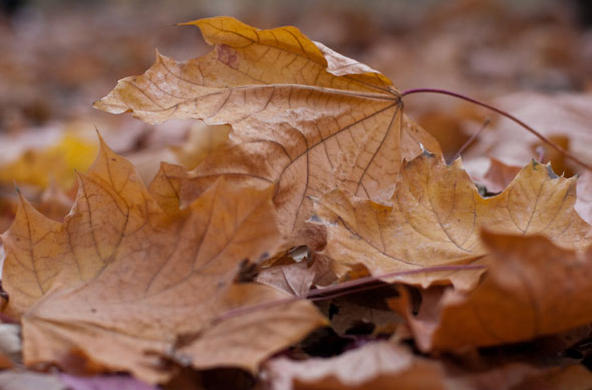- Profile
- Videos & Podcasts
- Publications
Jonathan J. Cole: In Memory
January 14, 1953 - July 25, 2023
Cole had been an emeritus scientist since 2014. Cole was a member of both the National Academy of Sciences and the American Academy of Arts and Sciences. A former president of the Association for the Sciences of Limnology and Oceanography, Cole was also a fellow of the American Association for the Advancement of Science and the American Geophysical Union. He was the author or co-author of about 230 peer reviewed scientific papers and several books.
During his active research career, Cole studied the sources of carbon and its movements in rivers, lakes, and estuaries, with a focus on the connections between these ecosystems and their surrounding watersheds. He and colleagues showed that at a global scale, up to 50 percent of the carbon that is stored in soils is eventually exported to streams, rivers, and lakes, in the form of particles and dissolved organic matter or turned to carbon dioxide in these inland aquatic environments. The realization that inland waters play a role in the regional and global carbon cycle changed the way modelers have approached carbon sequestration on land.
Because of this large transfer of land-based carbon to surface waters, the food webs of aquatic ecosystems are often partially supported by their watersheds. Working in both the Hudson River and in Wisconsin lakes, Cole and colleagues determined the size of this subsidy to fish populations and to invertebrate consumers. To put the question in simple terms, are fish and other aquatic consumers made of carbon that originates from aquatic plants or maple leaves?
Cole’s research showed that a surprisingly large fraction of the biomass of fish (and of the aquatic invertebrates they consume) is derived from land-based carbon. Using ambient radiocarbon (carbon-14), Caraco and Cole determined that organic carbon in the Hudson River is 1,500 to 5,000 years old. Some invertebrates in the Hudson, notably zooplankton, consume this ancient carbon. Thus, the food web in the Hudson is connected to carbon that was sequestered on land thousands of years ago.
Studies of food webs appear solely academic, but these answers have struck a chord with fishermen. As fishing is the second largest recreational activity in the United States, being able to talk with fishermen about where their fish come from offers an exciting opportunity to educate and interest a significant public group about ecology.




